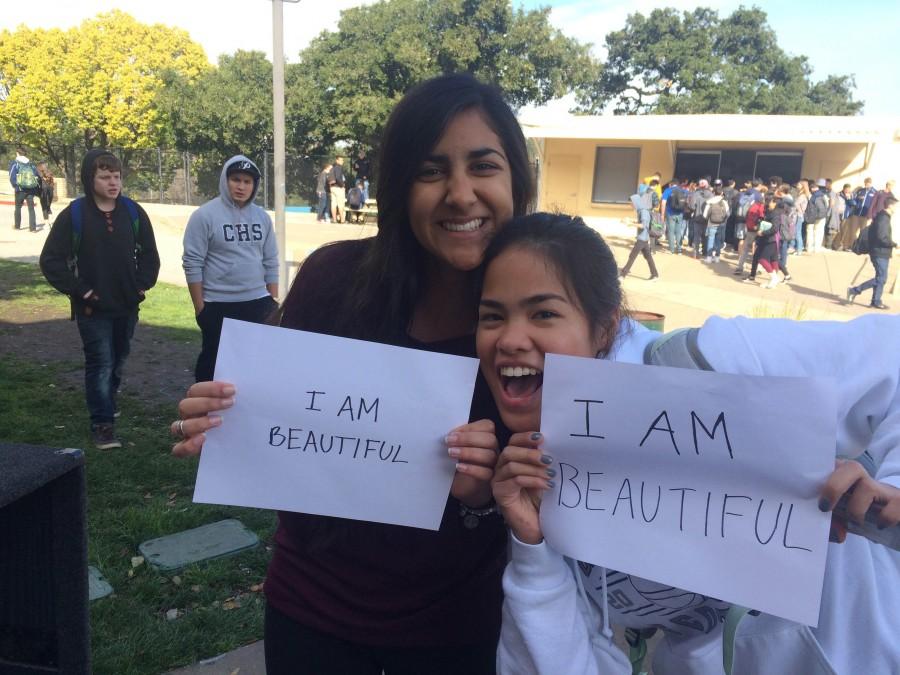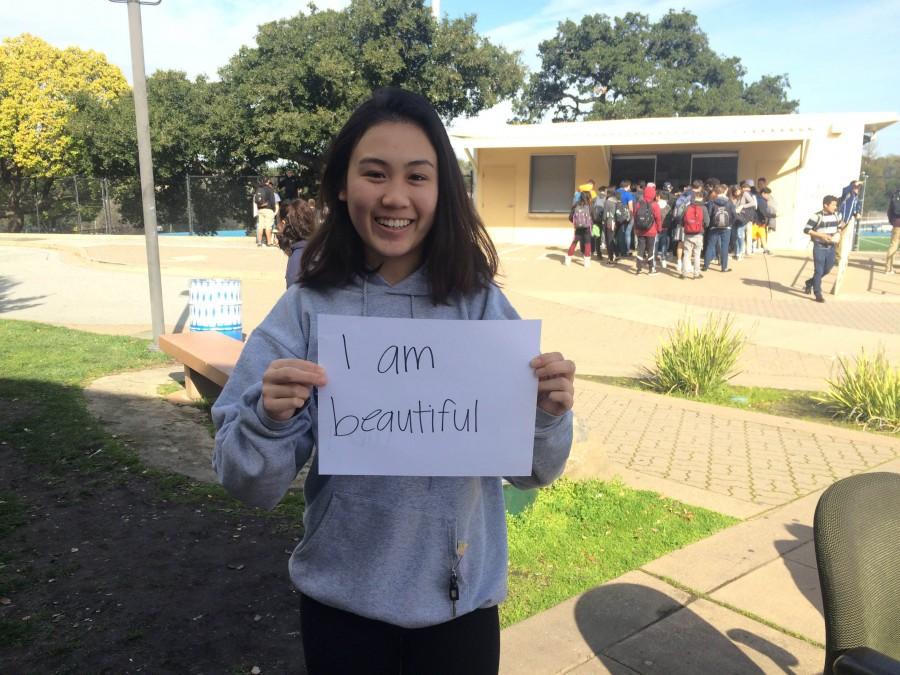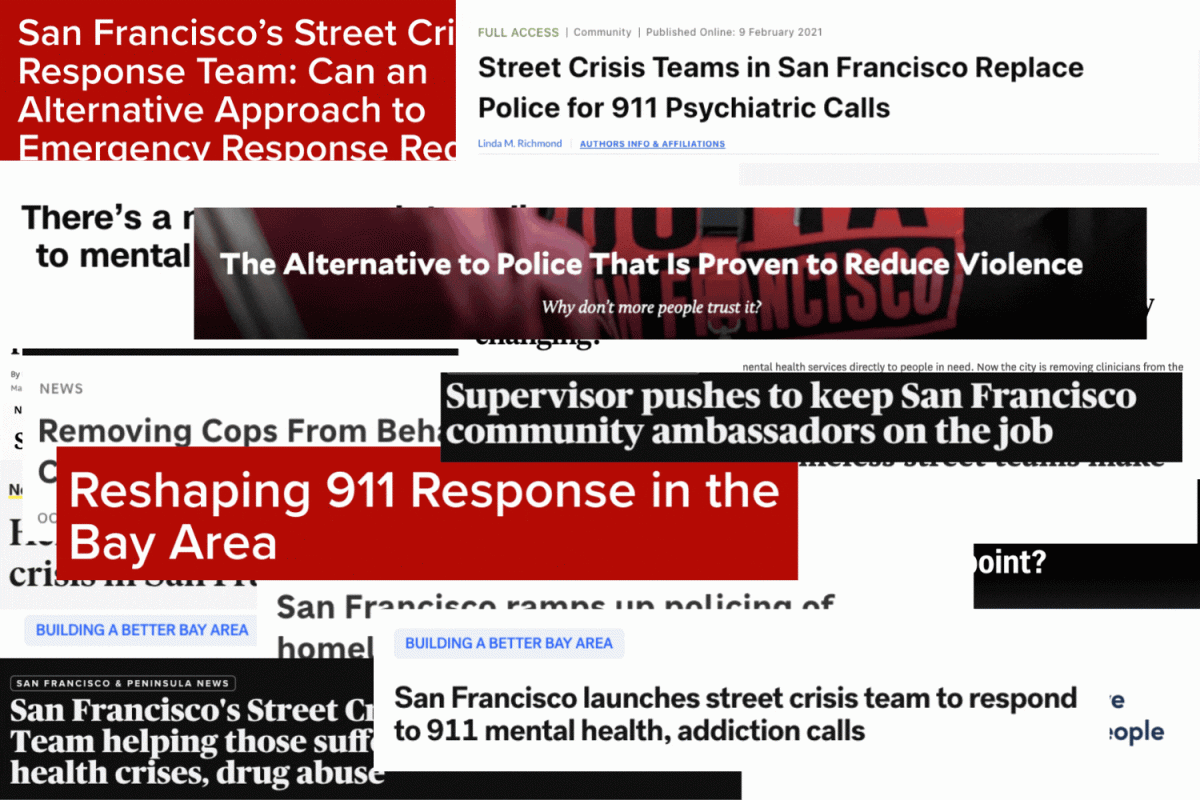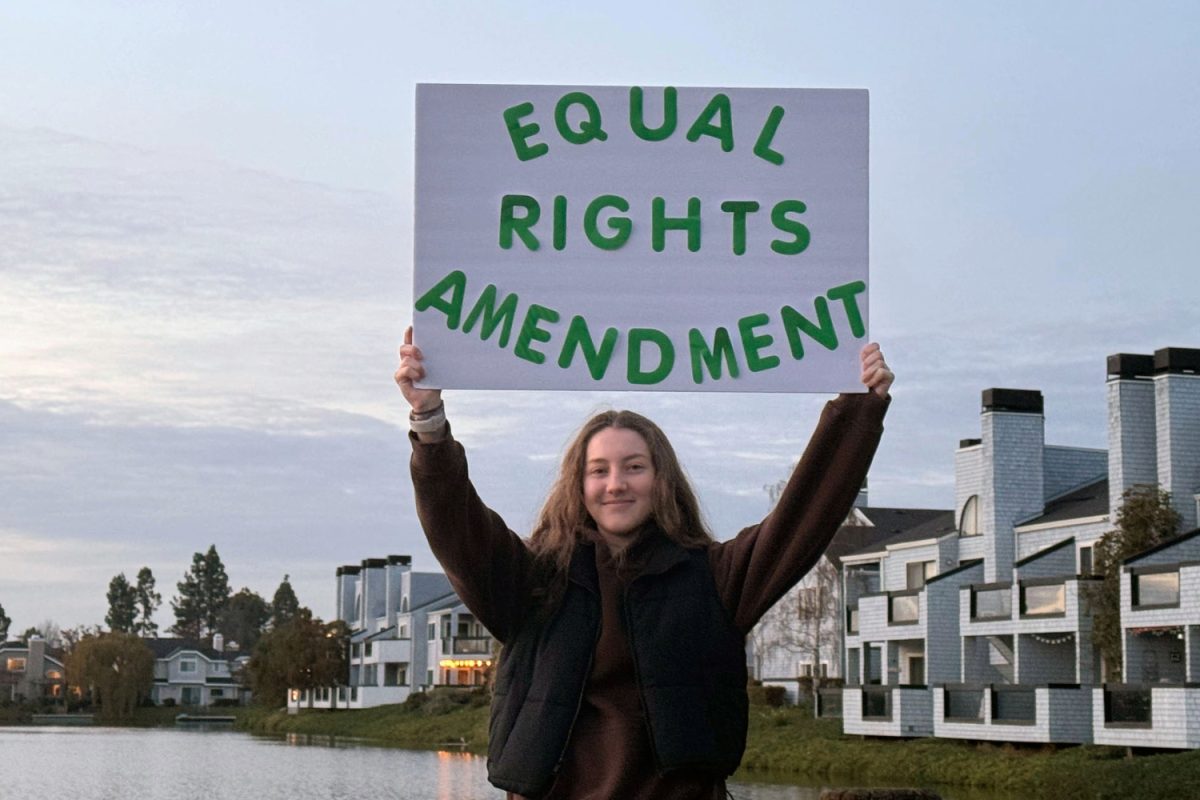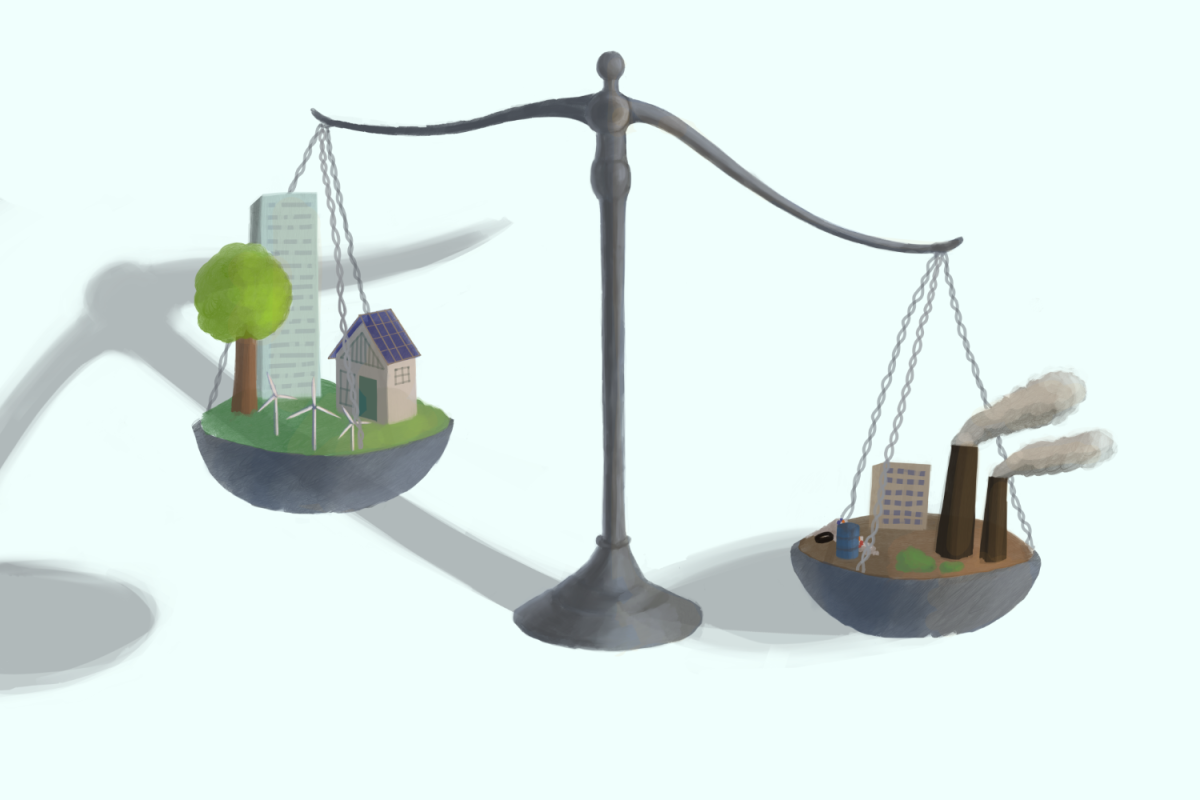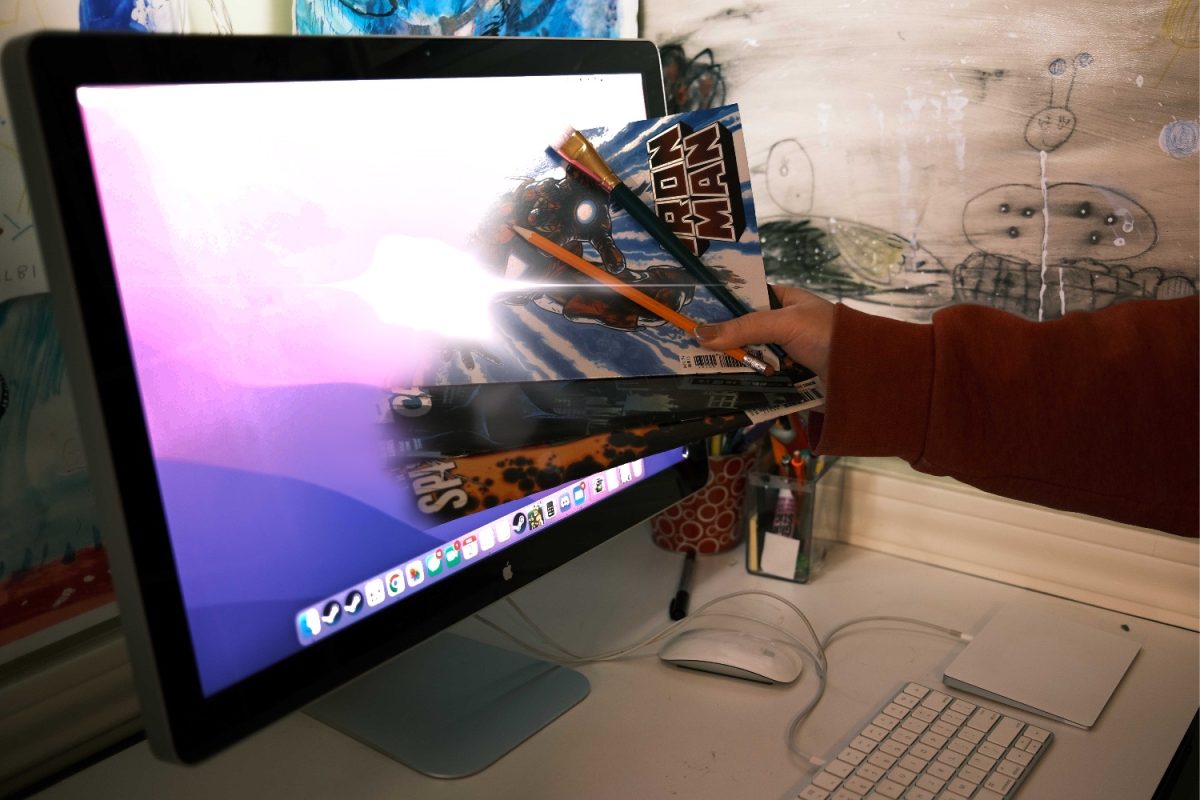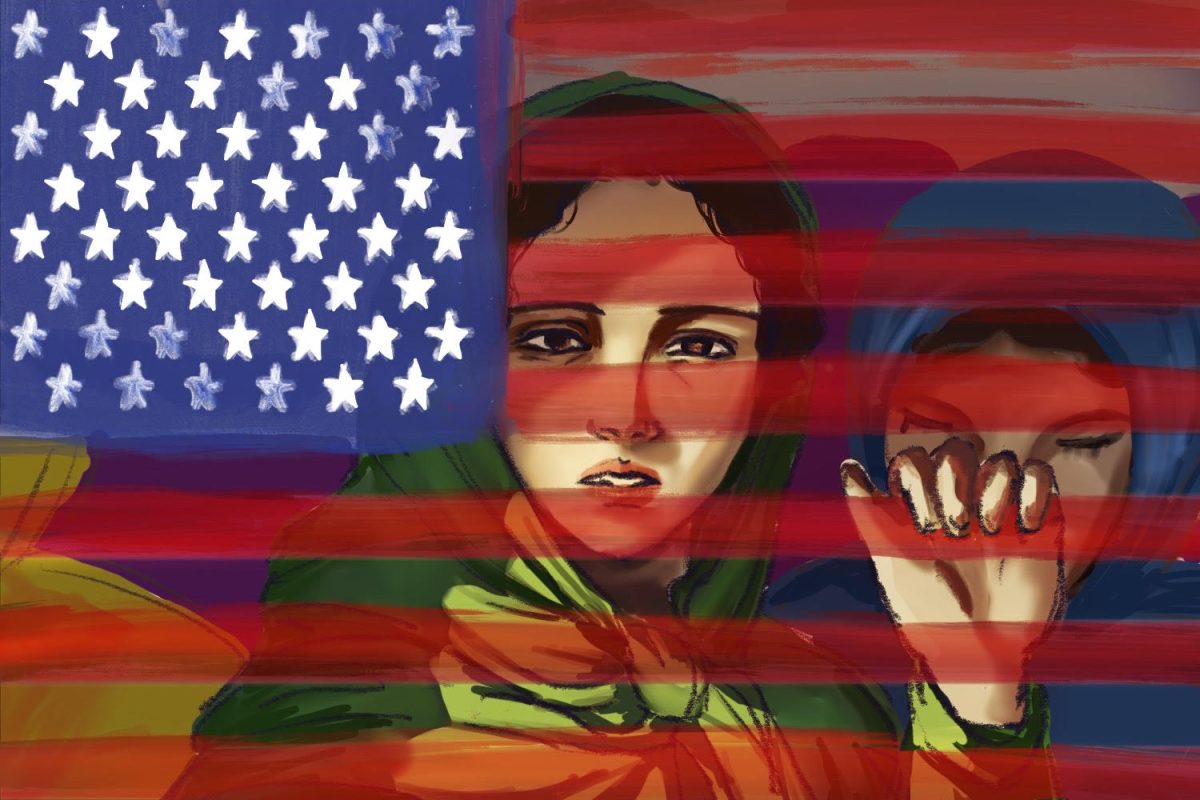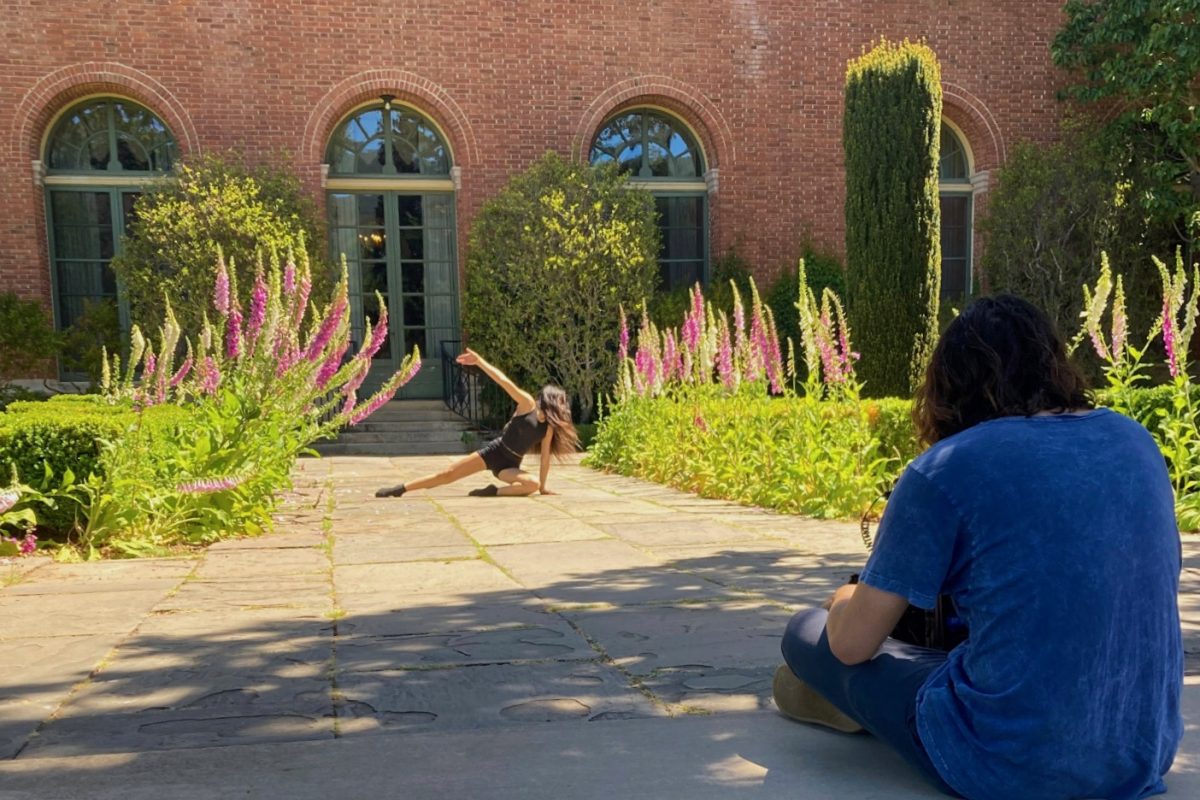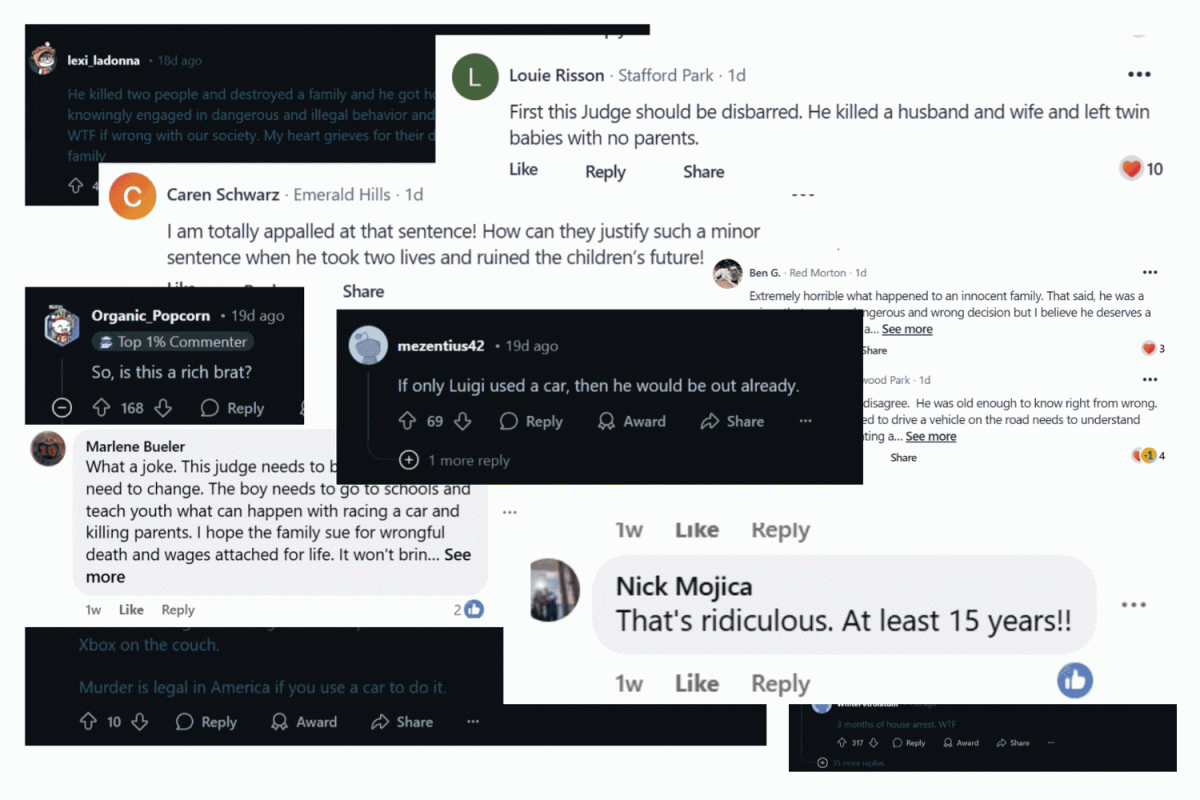“I am not beautiful.”
This is a thought that haunts women across the world.
Regardless of background, women hold themselves to different beauty standards according to their culture and the society that surrounds them.
Many may ask themselves, “What is the definition of beauty?” This question does not have a concrete answer, but varies from person to person — or culture to culture.
According to Merriam-Webster Dictionary, beauty is “the quality or aggregate of qualities in a person or thing that gives pleasure to the senses or pleasurably exalts the mind or spirit.”
Junior Snehal Pandey defines her beauty standards from a mixture of American and Indian styles.
Pandey said, “It’s really interesting coming from such different places around the world, where they have such unique beauty standards. For example, most Americans dress to impress society, while Indian women dress to represent their family well.”
In India, women mostly find lighter skin more attractive, while in America, a suntan is more desirable. Also, sarees and lenghas, traditional Indian dress attire, are worn much more often than the typical American “jeans and t-shirt” combo.
On the contrary, junior Ashley Wen defines beauty by her Chinese-American standards.
Though it might not be explicitly advertised, the fact that most female stars have very slim and delicate bodies supports the unspoken beauty standards of China.
According to Wen, most of the women in China are thin and petite to fit the standards in that region. The focus of beauty standards is directed towards size, rather than attire. Unlike America, Chinese standards favor a woman with small body features.
Women in China prefer porcelain skin with delicate facial features to convey femininity. Even when Chinese women wear makeup, extra steps are taken to ensure that their makeup looks natural. The irony is that women wear more makeup in order to achieve the natural, “no makeup” look.
Comparatively, African tribal culture emphasizes physical strength and build as important attributes in women. It is seen as beautiful to be curvy. Historically, stronger women signified wealth due to their superior diet.
As a continent still heavily influenced by tribal traditions, women from this part of the world covet scars and extended earlobes because they signify beauty, wealth, maturity, and growth.
Though the different European cultures are interconnected, beauty expectations drastically vary between countries.
All types of stereotypes put an immense amount of pressure on women to fall under specific categories, whether they’re national or international perceptions.
For instance, French women are mostly portrayed by the media as thin, constantly fashionable, and quiet; but, living under such rules causes many to be exhausted and angry at the media.
This brings about conflicting thoughts of whether to live an artificial lifestyle and be recognized as beautiful, or be the odd one out and be yourself.
Comparing different cultures exemplifies the flexible expectations that are constantly changing depending on the time period, geographical location, and artificial fashion trends.
There are many different expectations that women are expected to follow, no matter where they are in the world.
In each unique location, the media tends to focus on how a woman can fix herself in order to fit into that specific society’s beauty standards.
In the United States, encouraging a woman to buy millions of different products to “fix herself” is a big part of the capitalist economy.
Marketers are hired solely for the purpose of targeting women and pressuring them into spending money on their flaws.
Photo editors are hired solely for the purpose of making people look a certain way in magazines that is physically impossible to attain, magazines that we see and compare ourselves to on a daily basis.
According to the NYC girls project, “by middle school, 40-70 percent of girls are dissatisfied with two or more parts of their body, and body satisfaction hits rock bottom between the ages of 12 and 15.”
Pandey said, “All women need to remember that the standards around the world are used to promote products, and we should just be comfortable with ourselves. It’s not a bad thing to want to look good and take care of yourself, but it’s important to know that each woman has so much more to offer than their beauty.”

